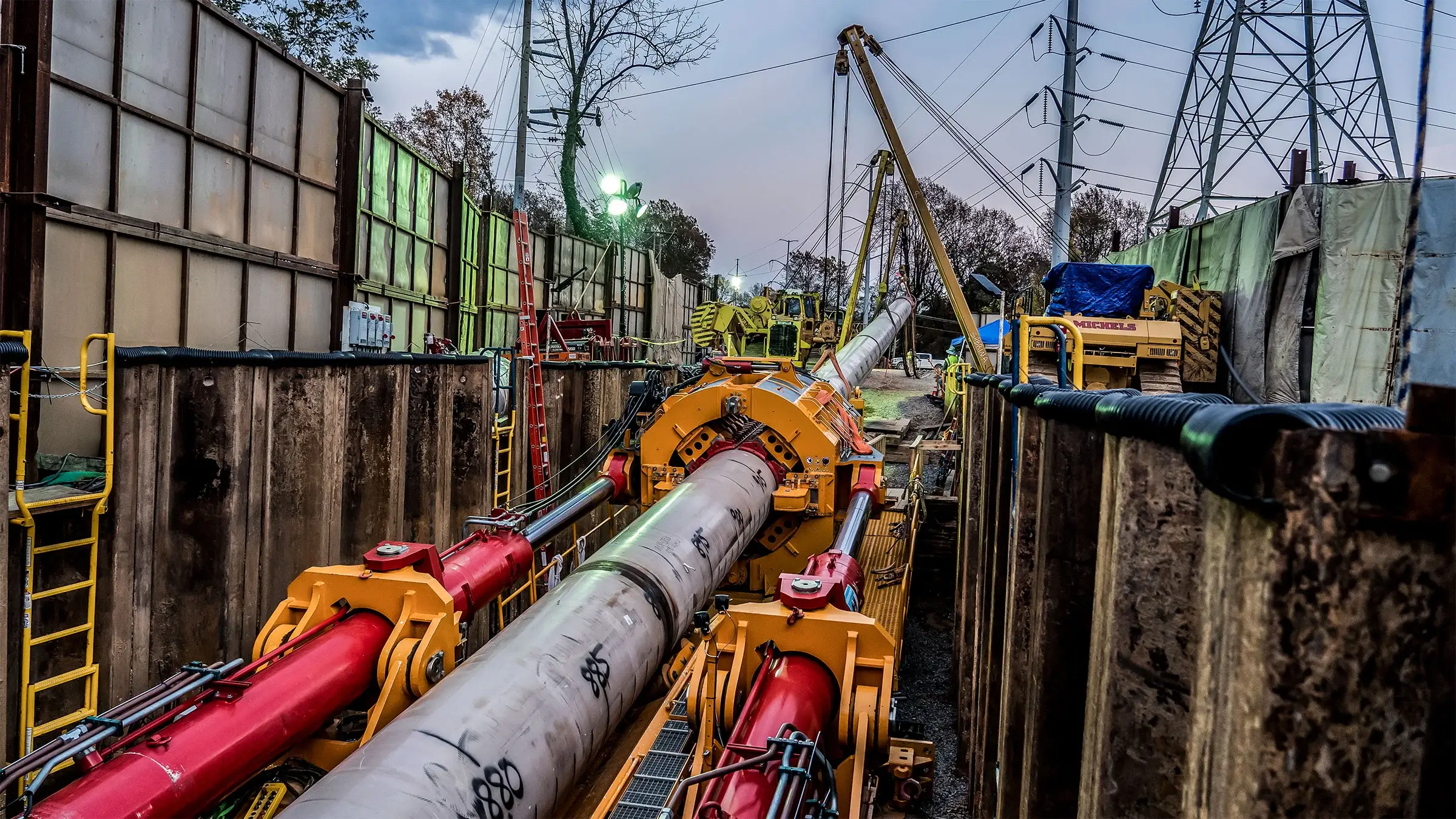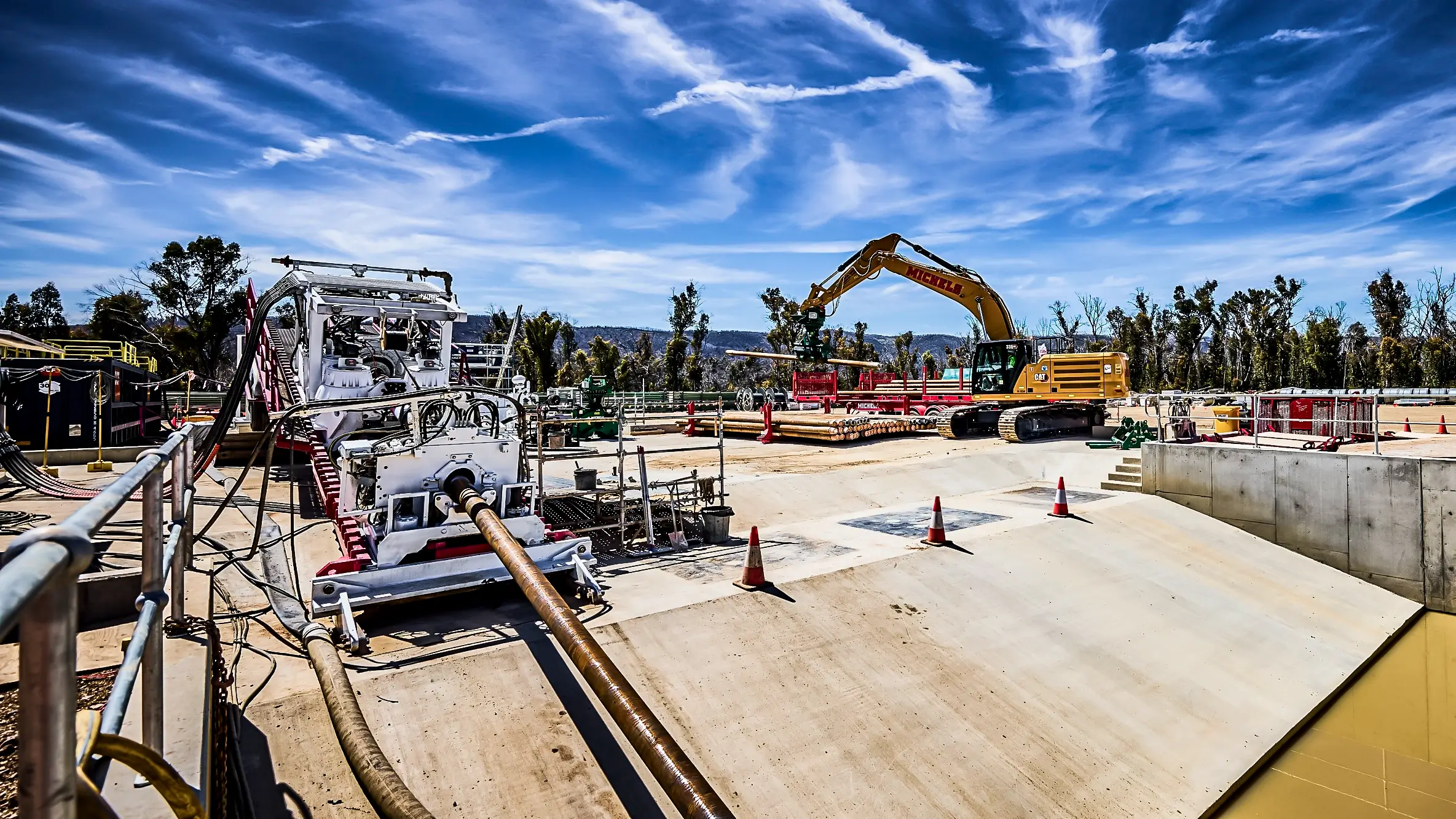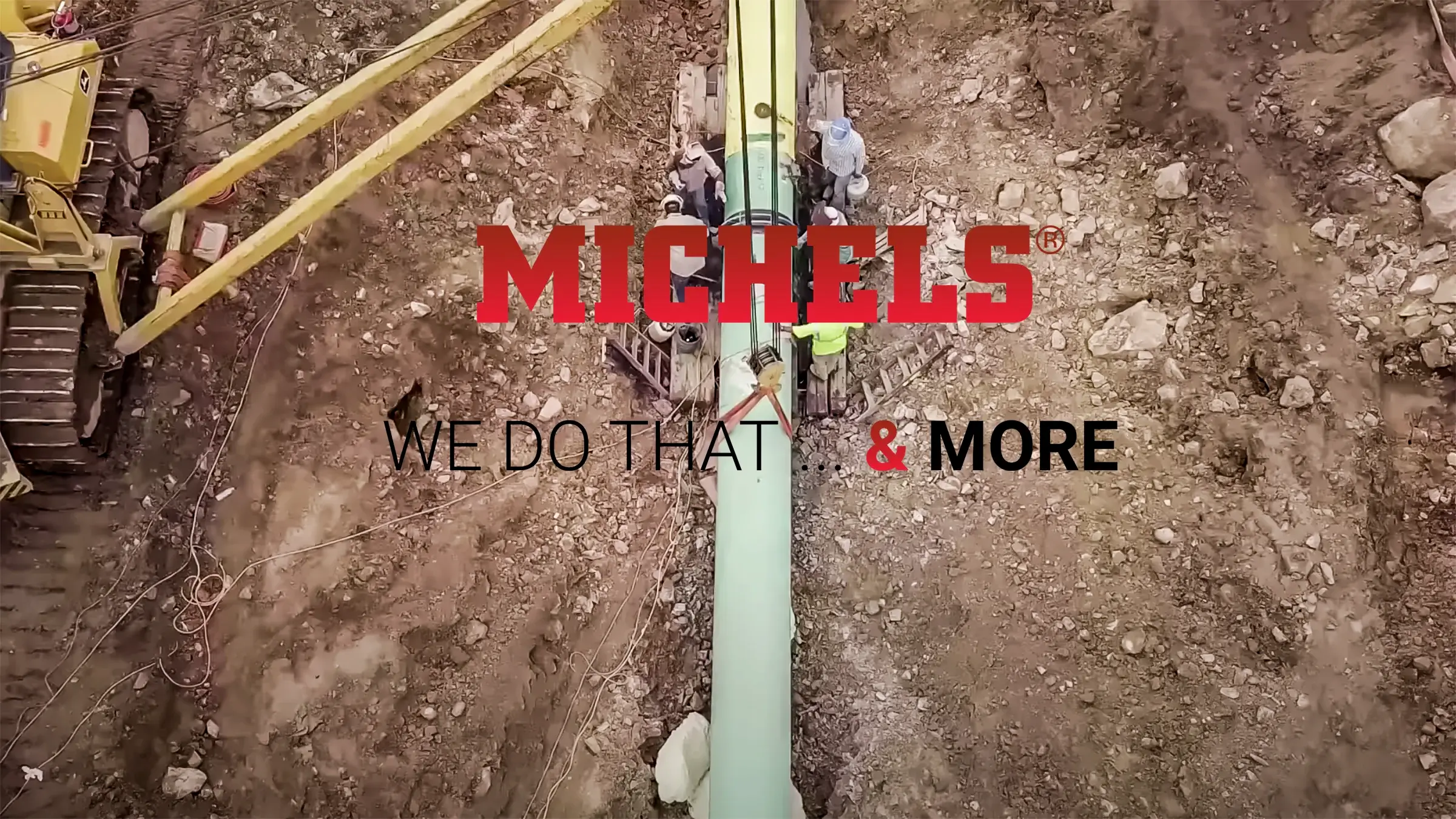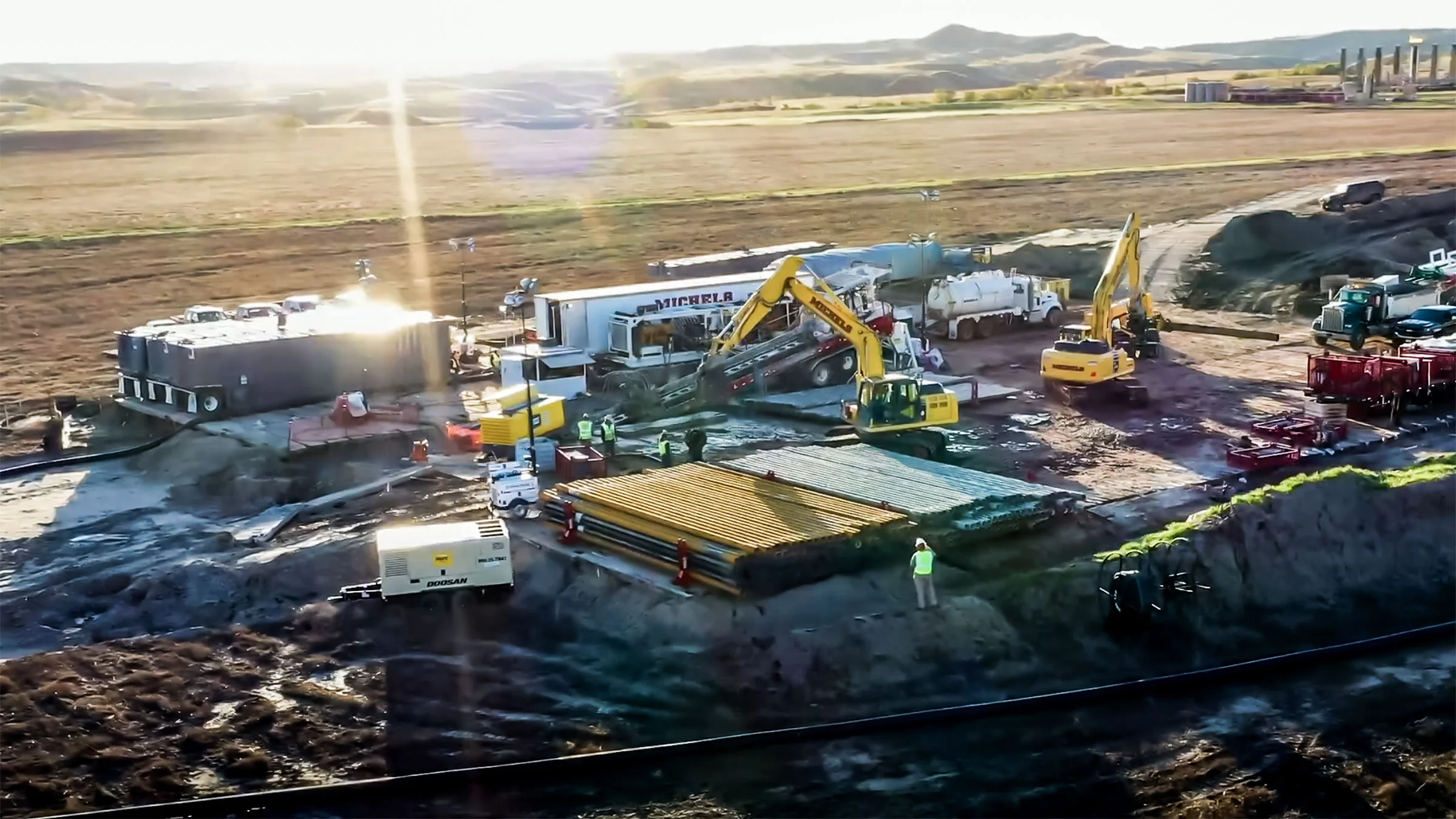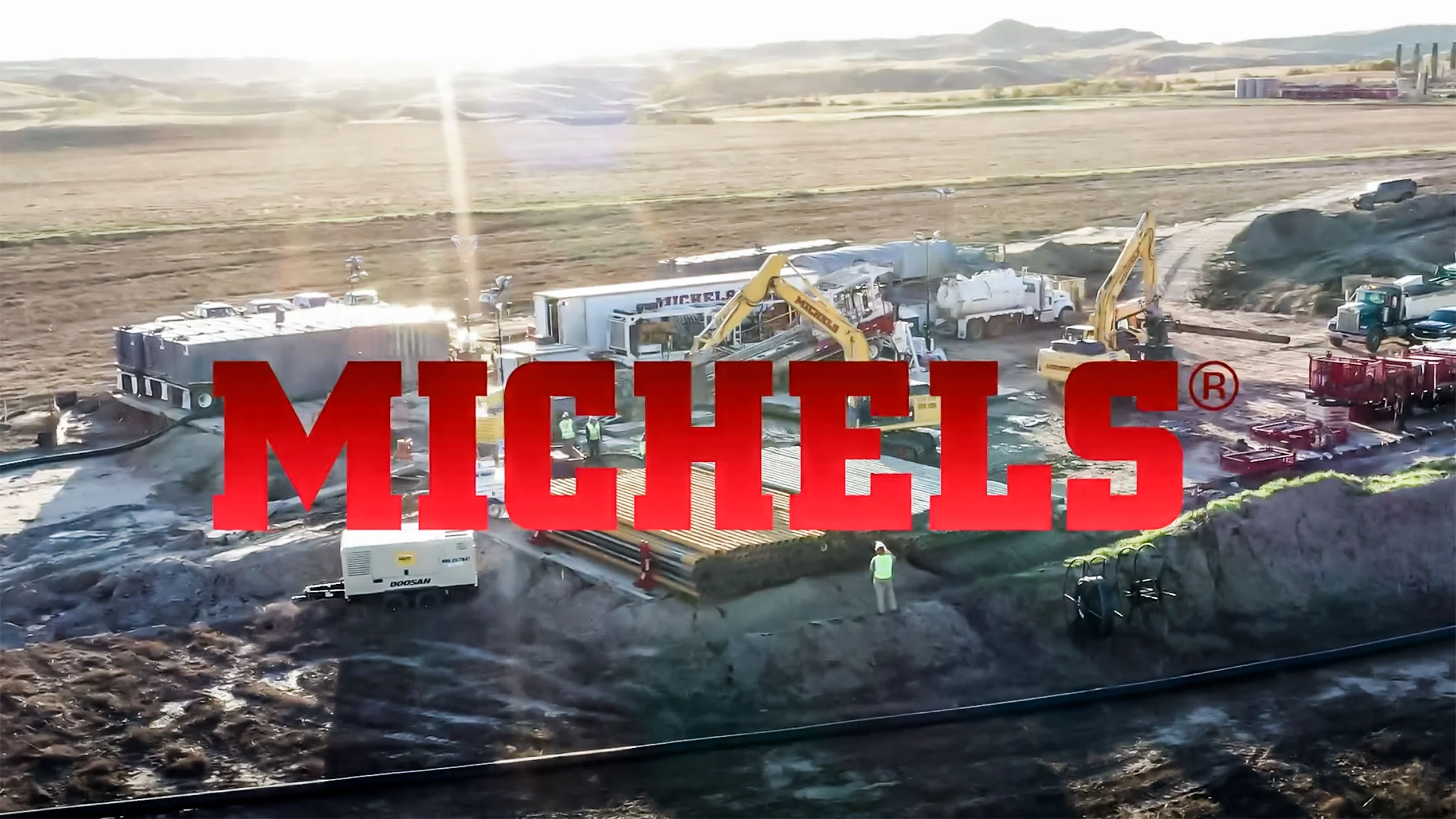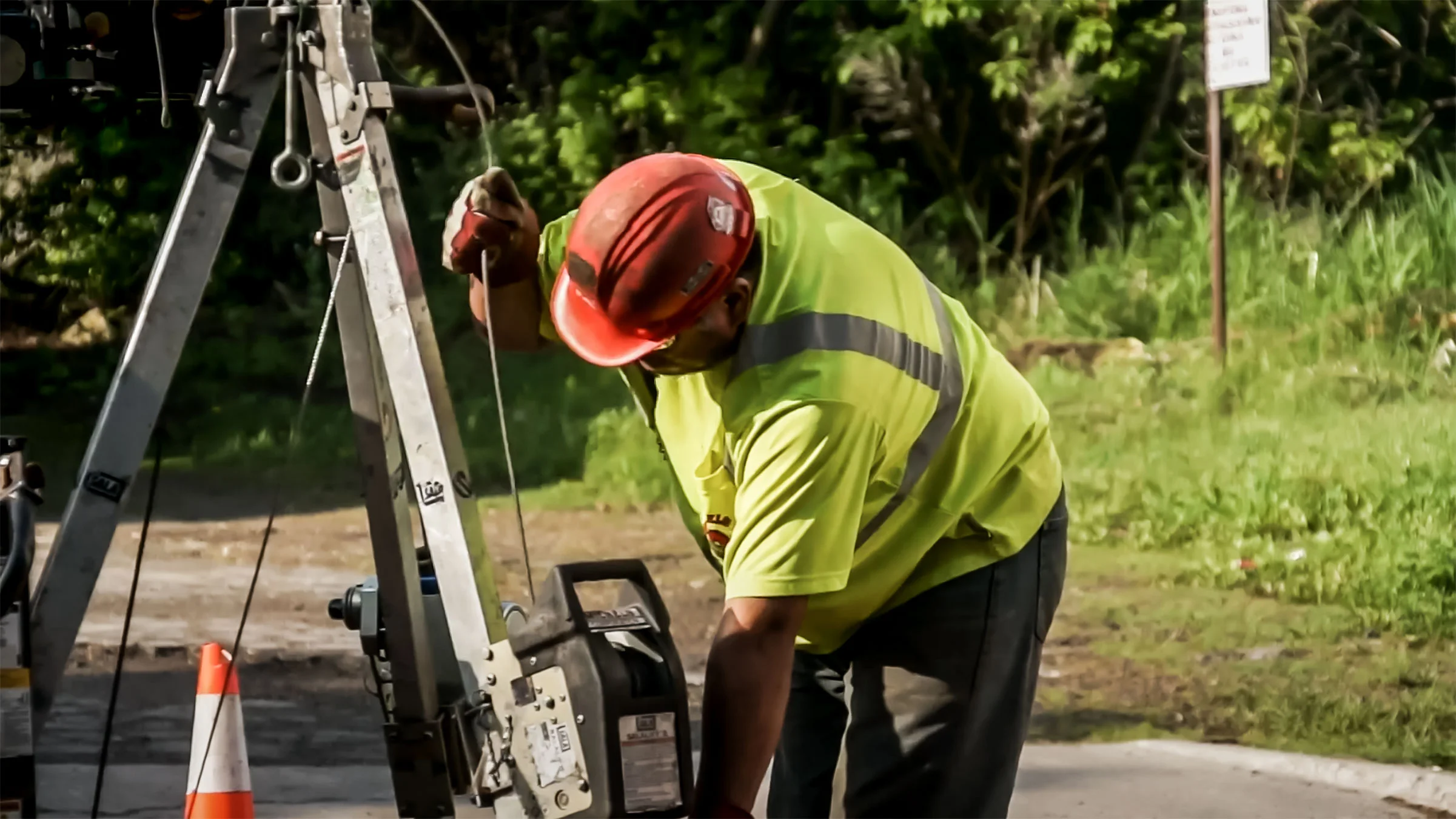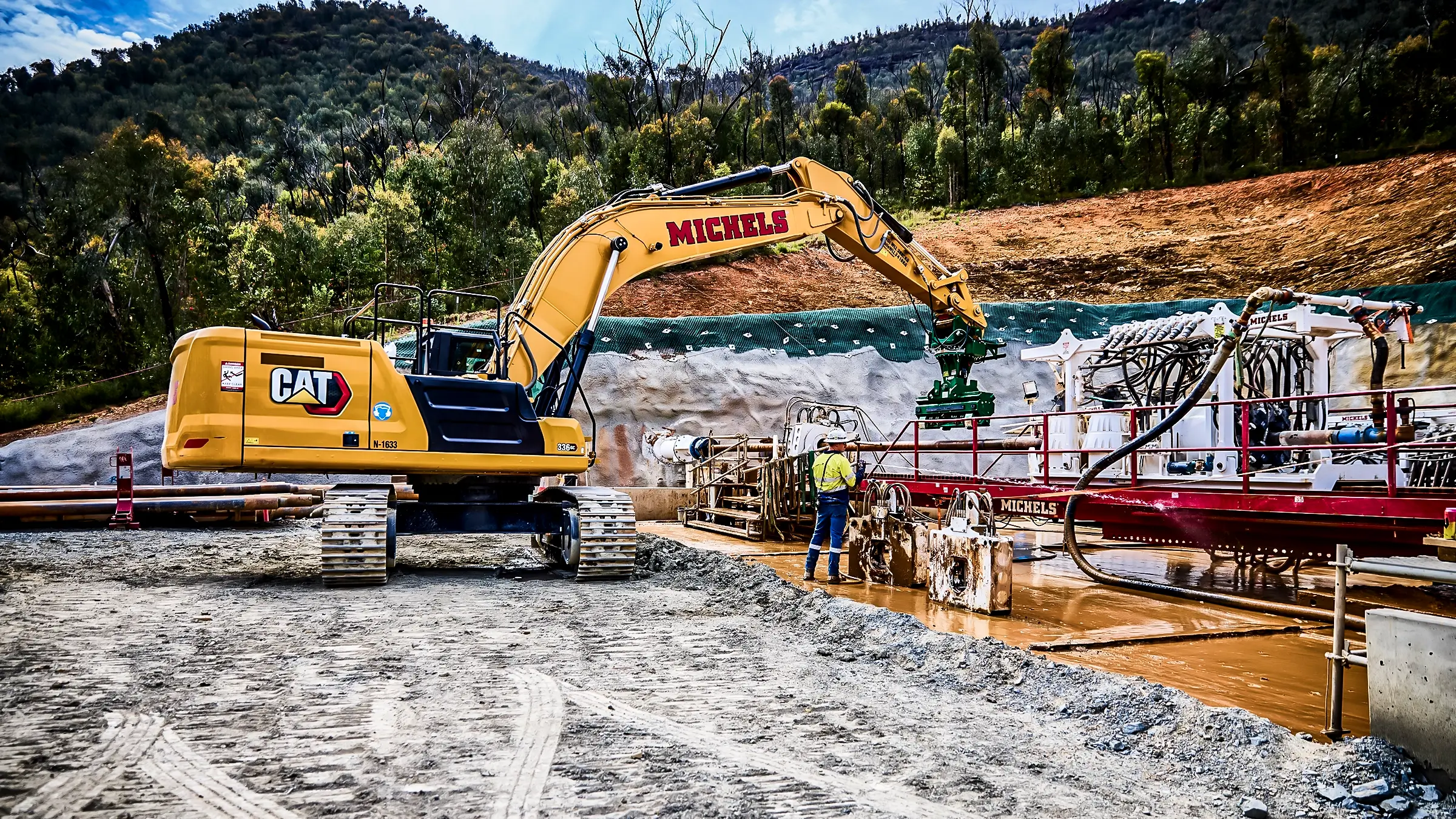
Utility Line Construction & Installation
Like our customers, Michels Trenchless, Inc. believes safe, unobtrusive underground construction and rehabilitation is essential to our nation’s infrastructure. That’s why we have perfected an array of trenchless methods to build and rehabilitate pipelines and utilities in places where open-trench installations would not be feasible.
Discover Michels Trenchless new installation and pipeline rehabilitation solutions.
Direct Pipe®
Michels Trenchless is a world leader in Direct Pipe® installations. By combining horizontal directional drilling (HDD) with steerable microtunneling techniques, Direct Pipe® can install a prefabricated liquid, gas, or product pipe or casing with a continuously supported borehole. Direct Pipe® is particularly suited for crossings under water bodies, levees, rail tracks, roads, and underground utilities and can be installed in unfavorable ground conditions with ease.
Unlike HDD, Direct Pipe® equipment is primarily located on one side of the project, making it ideal for crossings with small footprints, wet retrievals, in urban areas, and even under international borders.
- Distances more than
- 1,200 metres
- Diameters between
- 76 & 150 centimetres
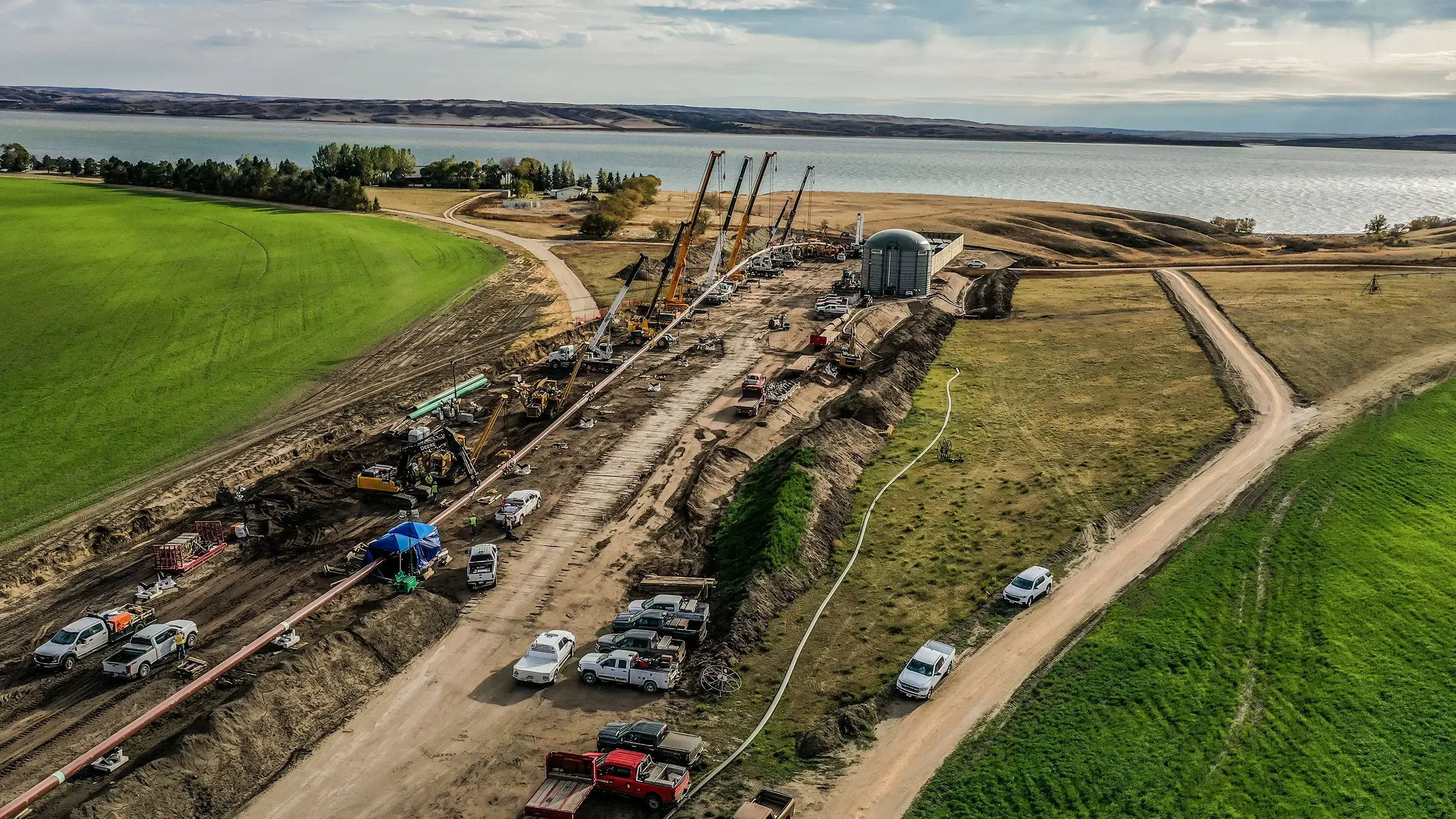
Innovation in Action
We completed the first pilot hole intersect project in North America and have completed more than 250 since then.
Horizontal Directional Drilling
Michels Trenchless has decades of experience extending the limits of horizontal directional drilling (HDD) by working together, knowing what has already been accomplished, and taking existing techniques to the next level.
HDD is used for installing utility and product lines under waterways, existing utilities, and underground structures. In the hands of our skilled professionals, our fleet of powerful rigs place liquid, gas, cable, and conductor lines substantially deeper than conventional trench construction, ensuring adequate cover and environmental surety.
- Distances of more than
- 4,500 metres
- Water-to-water, land-to-water and land-to-land
- crossings
- Diameters up to
- 150 centimetres
Related Videos
Contact Us
Thank you for taking time to learn more about who we are and what we do. If you need additional information or are in need of a solution not addressed on these pages, please submit a message with your contact information.
